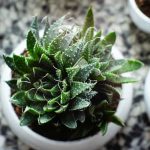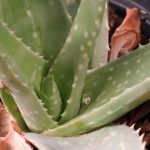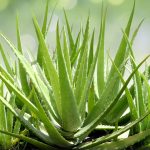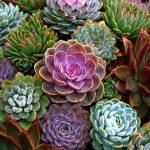Discover the beauty of Aloe brevifolia, a succulent that thrives with minimal effort. Expert gardener Rachel Garcia shares valuable insights for successful care.
If you adore aloe plants but have limited space, the charming Aloe brevifolia is an excellent choice. Standing less than a foot tall, it boasts triangular succulent leaves in shades of green, blue, and red. This compact plant is perfect for adding a touch of elegance to small gardens or containers.
Key Details
|
Plant Type
Succulent
Family
Asphodelaceae
Genus
Aloe |
|
Sunlight Low |
What is Aloe Brevifolia?
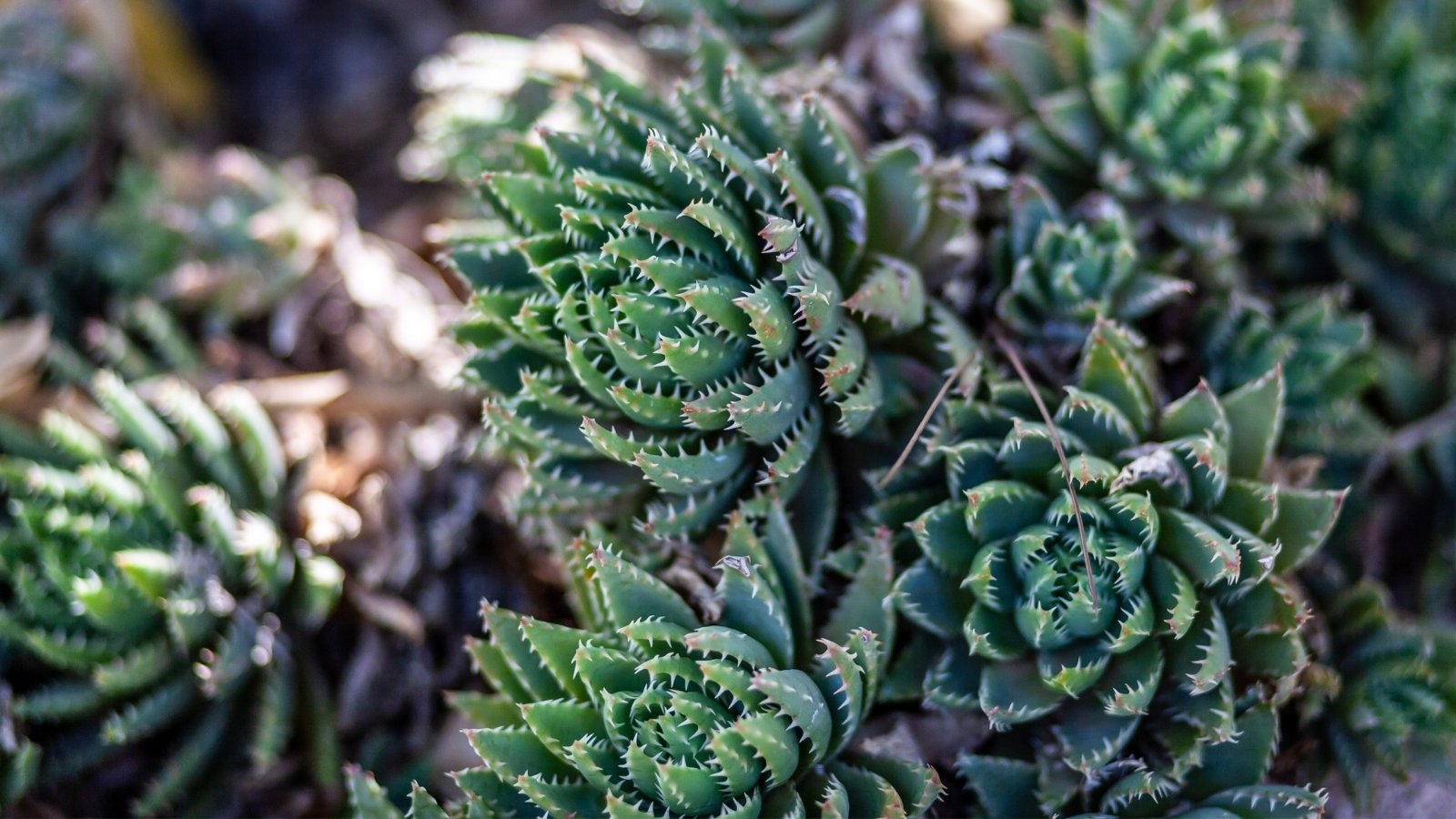

Aloe brevifolia, also known as crocodile plant, features soft spikes along the leaf edges creating a distinct appearance.
While not harmful, caution should be taken as the plant is mildly toxic and should be kept away from consumption by humans and pets.
Thriving best in USDA Zones 9-11, the short-leaved aloe is excellent for rock gardens and xeriscaping, serving as a lovely small-scale groundcover due to its rosette clusters.
Under proper conditions, the plant may showcase vibrant hues on leaf tips, turning shades of red, yellow, and orange when exposed to bright light.
Indigenous to South Africa, this aloe displays growth spurts during spring and fall, pausing or slowing down in summer and winter, attracting birds, bees, and butterflies with its striking red-orange flowers that bloom in late spring.
Types of Aloe Brevifolia
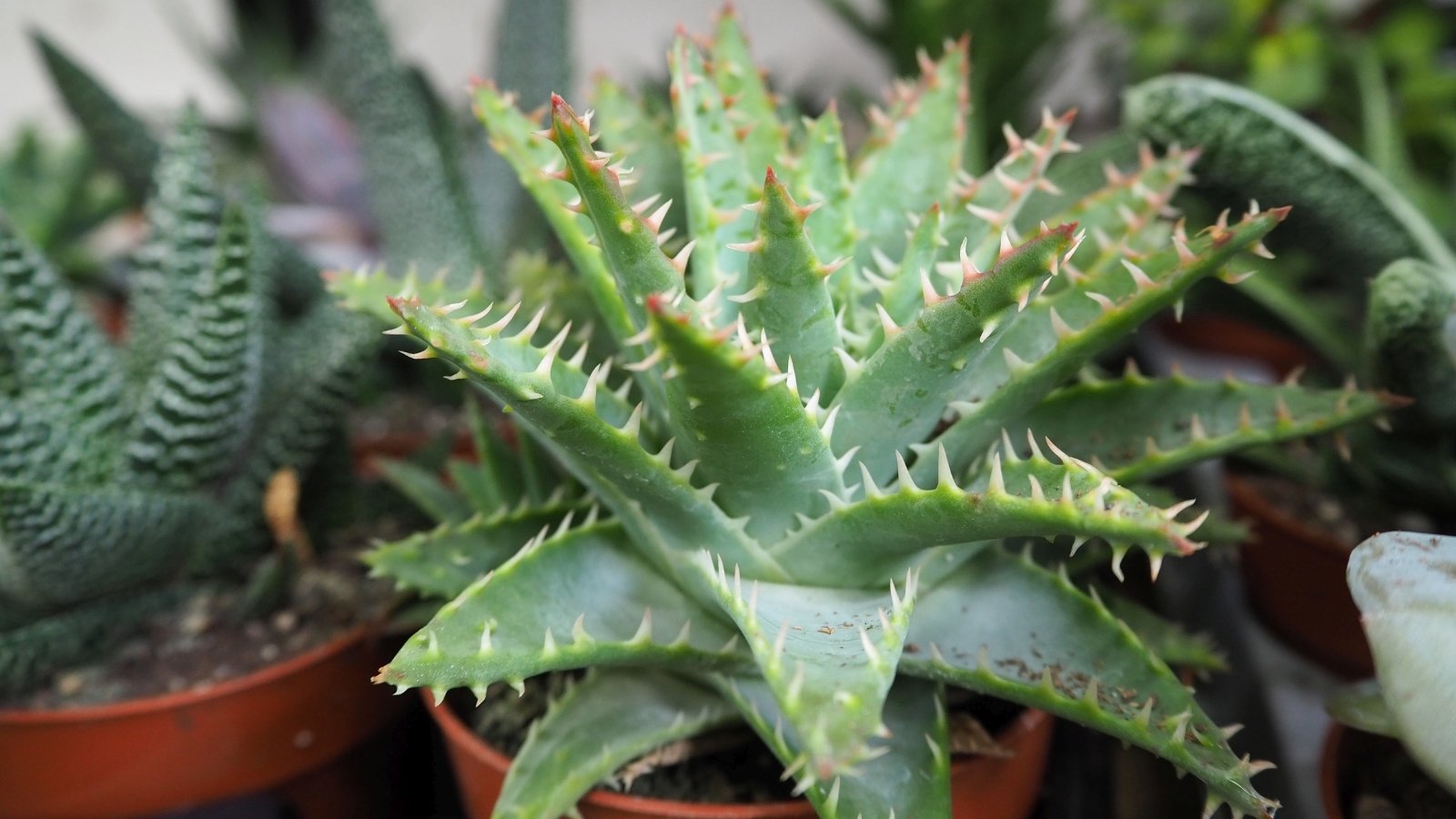

While Aloe brevifolia is the most prevalent, subvarieties like Aloe brevifolia f. variegata with yellow and white stripes and Aloe brevifolia var. depressa with a larger, outward-growing rosette form offer interesting alternatives.
Planting
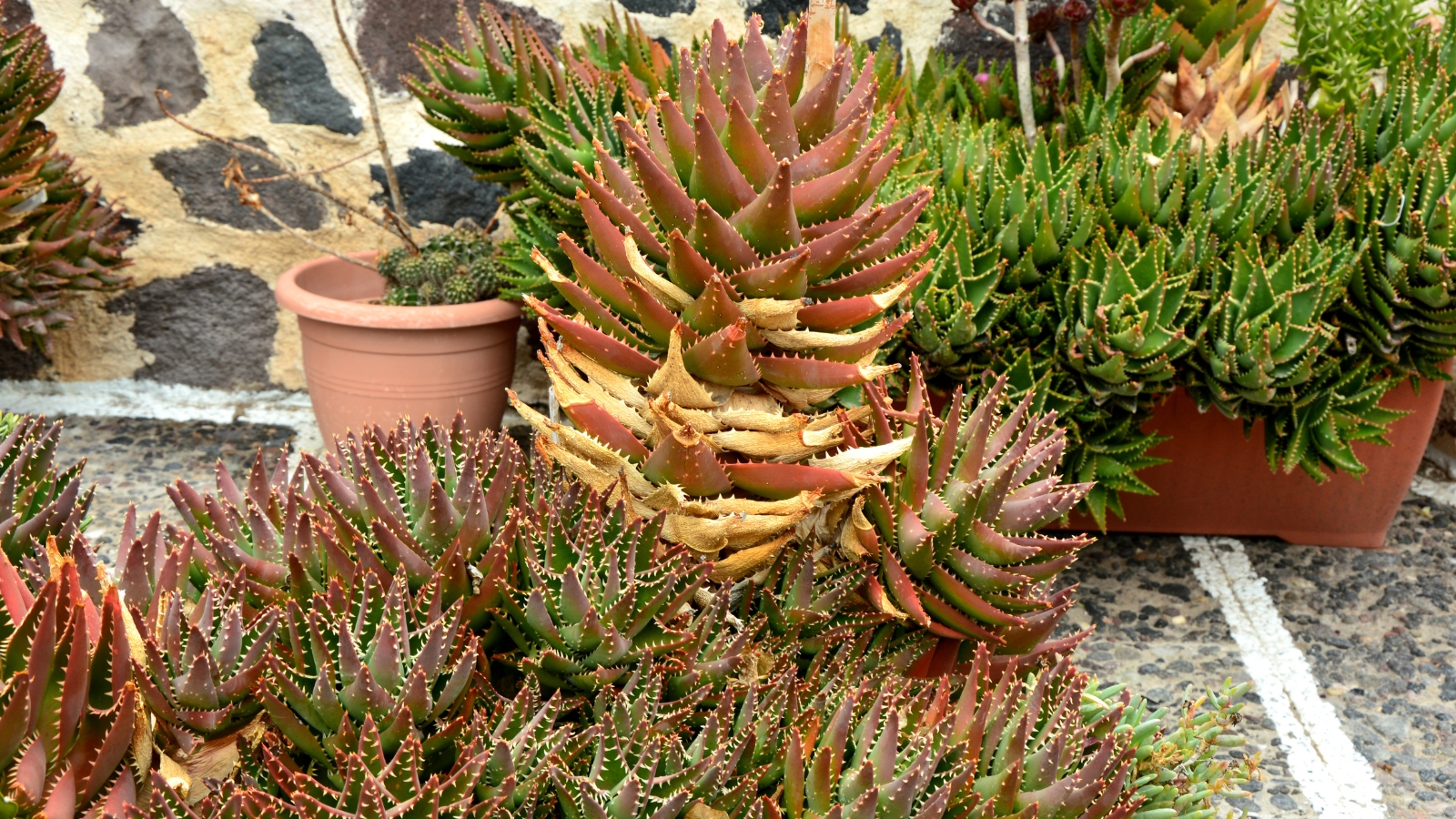

The planting area for these succulents should provide ample drainage and room for the plants to flourish.
When planting a short-leaved aloe, ensure proper drainage is a top priority as these succulents are susceptible to rot. Opt for sandy soils that dry out fast for optimal growth. For the best results, plant them in a sunny location in your garden, or consider placing them in pots that can be easily moved to a suitable spot. While they can tolerate partial sun, their growth thrives in a sunny environment and planting them in full sun is recommended for optimal development.
For those residing in USDA Zones below 9, it’s advisable to plant these aloe varieties in containers. This flexibility allows you to transfer the pots indoors or to a greenhouse during winter to shield them from cold damage. In warmer zones, you can opt to plant them directly in the ground as edging plants or groundcovers. Despite their compact size, these plants may slowly expand over time as new rosettes emerge. Plant them at a proper depth to prevent rot issues, and wait a few days before watering to minimize shock risks.
When it comes to caring for your Aloe brevifolia, keep in mind that despite being low-maintenance, they do have specific requirements critical for their thriving. Adequate care will ensure the prosperity of your aloe plant.
In terms of lighting, Aloe brevifolia craves and flourishes in sunlight. Ideally, it should receive six to eight hours of bright light each day, but it can adapt to partial sun conditions if direct light is unavailable. When relocating the plant, introduce it gradually to new light conditions to prevent stress.
When indoors, position the crocodile plant in the sunniest south-facing window available. Use a grow light if necessary to prevent common growth issues. Expect color variations in your plant due to changes in light, which is part of its natural behavior.
Watering is crucial as Aloe brevifolia leaves store water and do not require frequent watering. After a deep watering session, allow the soil to dry out completely for a few days before watering again. The roots of this plant prefer drier conditions akin to their natural habitat. While Aloe brevifolia can handle some excess moisture, it will not thrive under such conditions. Watch out for yellowing or mushy leaves as signs of overwatering, and if this occurs, repot the plant in dry soil and reduce watering frequency.
During winter and summer, reduce watering to avoid rot issues. Overwatering during these seasons can adversely affect the plant’s health. Ensure moderation in watering to maintain the well-being of your short-leaved aloe.
Plant your crocodile plant in well-draining soil to keep it nice and dry. It’s recommended to have a mix that includes at least one-third sand, perlite, or pebbles. Creating your own mix ensures the right proportions for optimal growth.
If opting for a succulent and cacti soil mix, assess the drainage and add perlite if necessary. To prevent waterlogging, ensure the soil drains effectively to avoid your Aloe from being submerged in water, especially after a deep watering session.
Temperature & Humidity
The preferred temperature range for this plant is 70-80°F (21-27°C). Extreme cold below 20°F (-7°C) requires bringing your Aloe brevifolia indoors. Prolonged exposure to low temperatures can cause irreversible harm to the plant.
While these plants flourish in dry air conditions, they can adapt to varying humidity levels. High-humidity environments may lead to fungal diseases, so monitor accordingly.
Fertilizing
Consider using a balanced liquid fertilizer for Aloe brevifolia, though it’s not obligatory. Ground-planted specimens usually do not require fertilization, but container-bound plants may benefit, particularly if they have been in the same soil for extended periods.
Apply fertilizer once per season in the spring and fall, using half-strength to prevent overfeeding. Avoid fertilizing during summer and winter months.
Maintenance
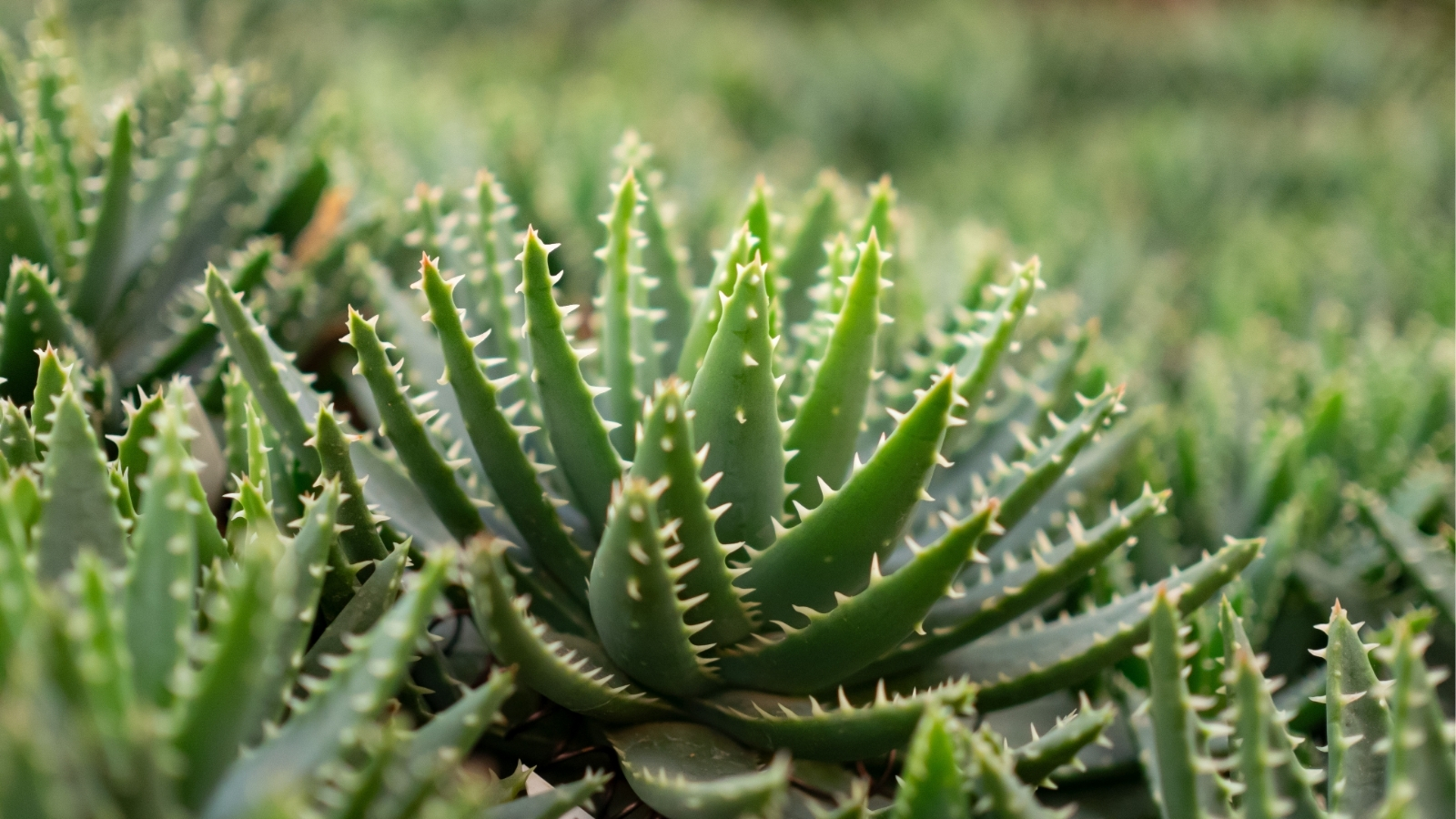
Growing at a leisurely pace, the Crocodile plant usually doesn’t need repotting until it significantly expands its root system. When the time comes, upgrade to a slightly larger container and provide fresh succulent soil to promote growth.
After repotting, allow the plant to settle without water for a few days to acclimatize to the new environment before resuming regular watering.
Pruning requirements are minimal, mainly limited to removing dead flower stalks at their base once the blooms have faded.
Propagation
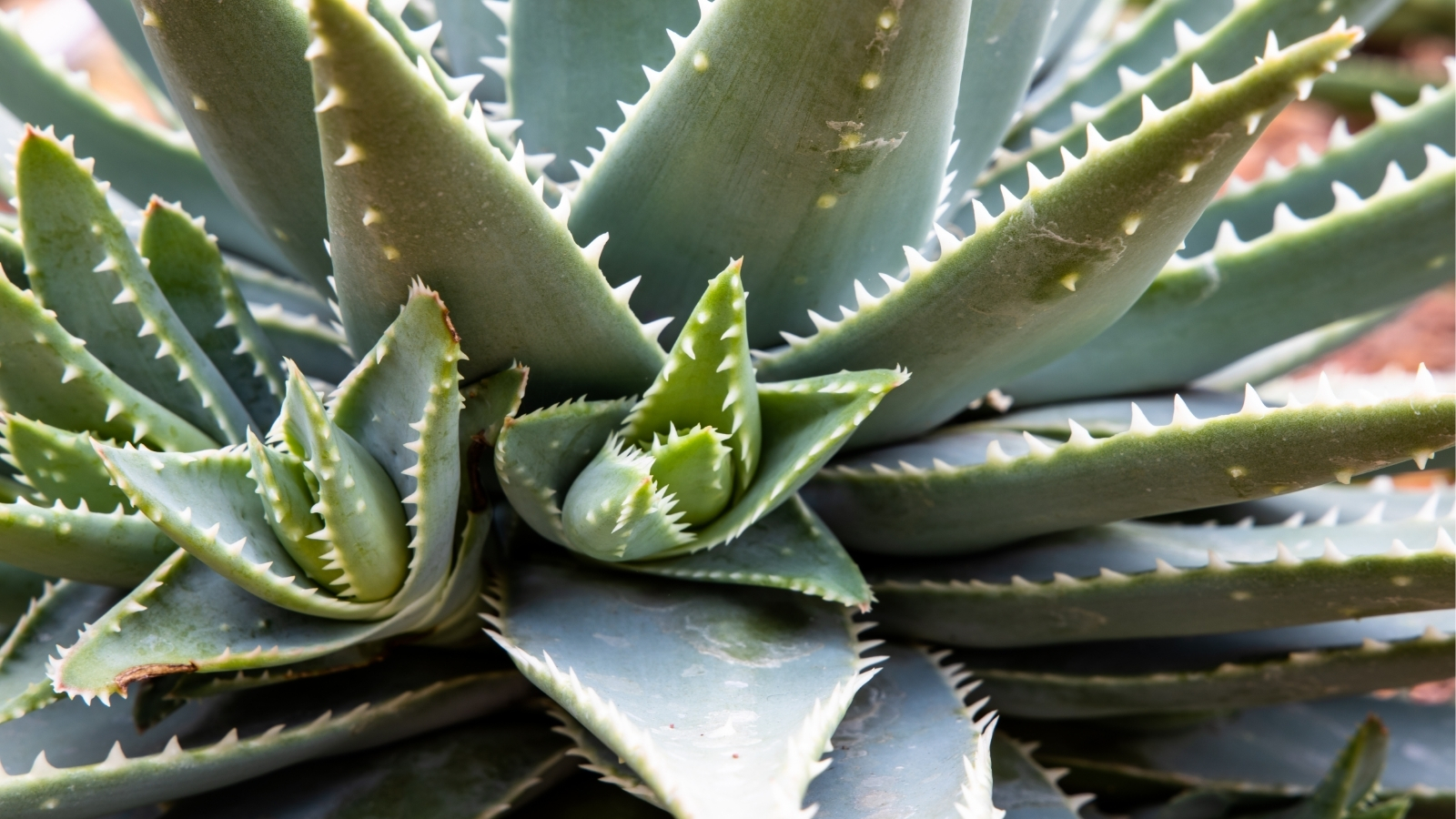
Efficient self-propagation is a characteristic of the Aloe brevifolia. The plant frequently produces offsets known as suckers, aiding in its expansion across the garden.
For propagation via division, separate a portion of the plant with multiple rosettes, cut it away from the parent plant, and replant it. Allow a few days without watering to promote healing. Regular division every few years rejuvenates the plant and stimulates growth.
Alternatively, propagating from offsets involves isolating and cutting them from the main plant. After letting the wound dry, plant the offset in moist soil until well-established.
Unlike many succulents, Aloe brevifolia doesn’t propagate effectively from leaves, as they tend to deteriorate.
Common Problems

Generally resistant to pests and diseases, the Crocodile plant can still exhibit issues, often due to watering irregularities.
Early detection of problems related to watering can simplify both your care routine and the plant’s recovery.
Mushy Leaves
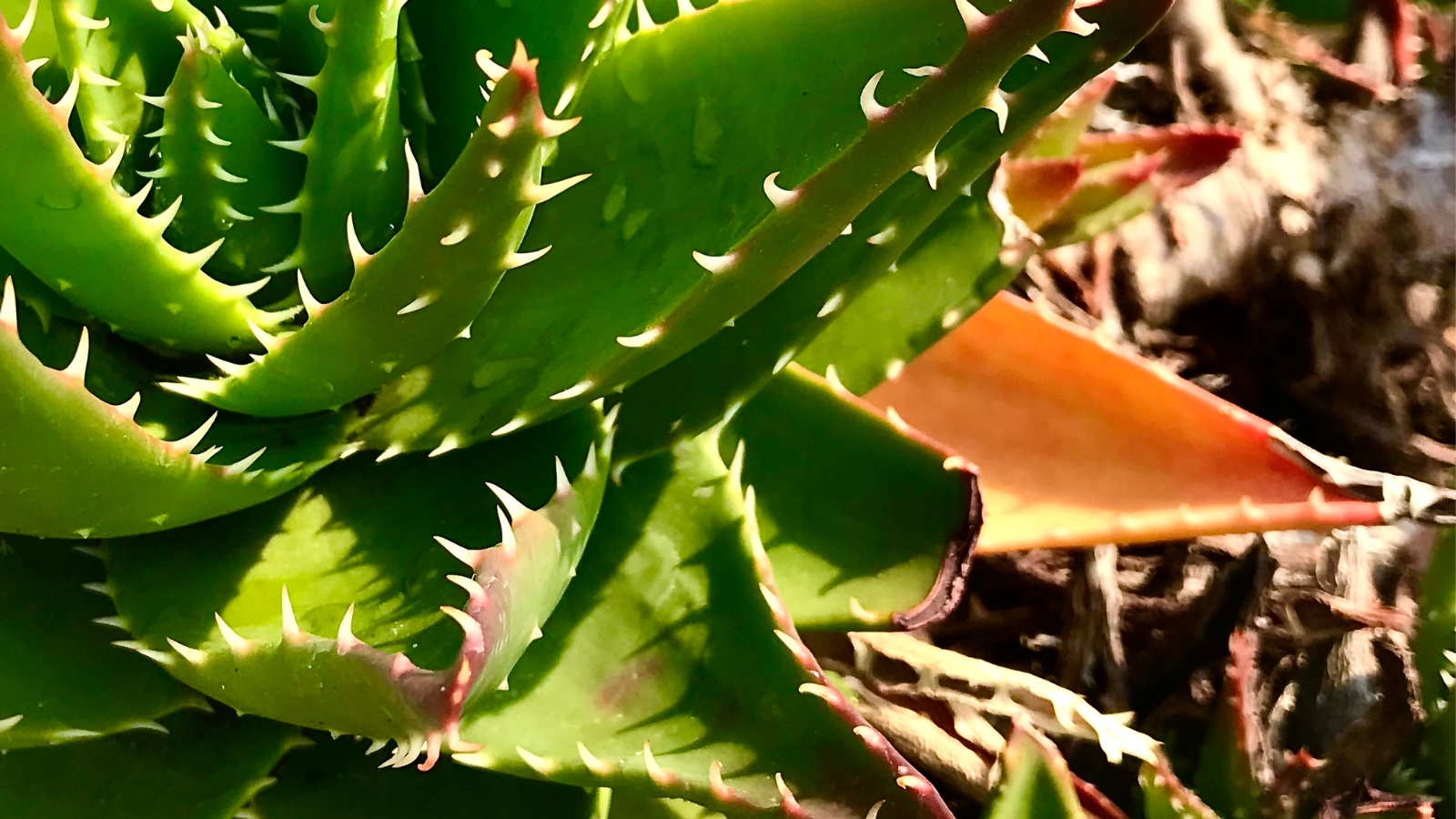
Overwatered Crocodile plants may develop yellow, mushy leaves that eventually rot if left unchecked. Consider switching to well-draining soil and ensuring proper drying intervals between watering sessions.
Wrinkled Leaves

If there is a wilting or wrinkling of the leaves on your Aloe brevifolia, it signals a need for increased hydration. Providing a generous amount of water to your plant can aid in its recovery.
Pests
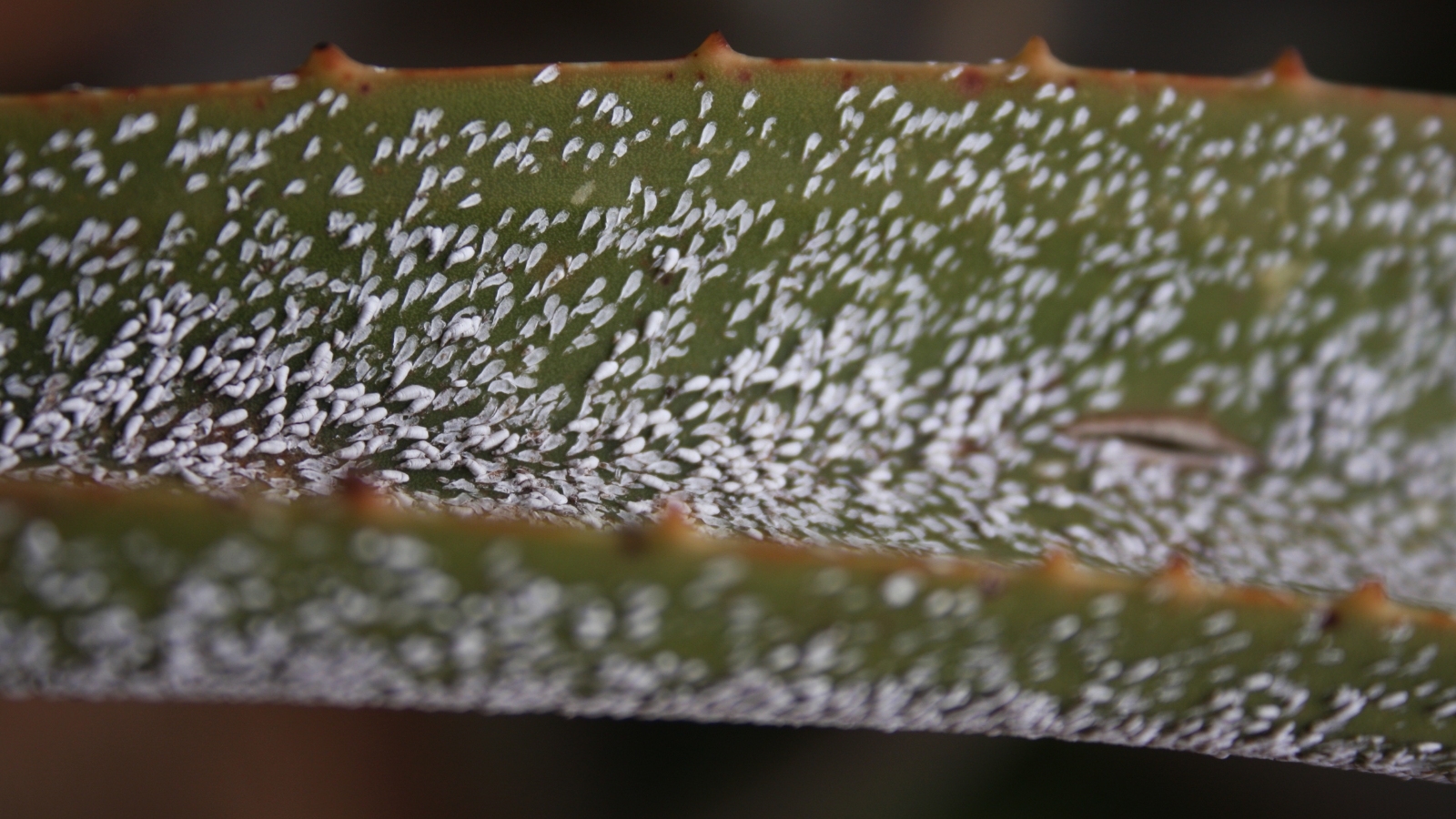
Scale insects are troublesome pests that feed off aloes, draining their vitality. These small bugs, typically white or brown, can be deterred by maintaining the dryness of your Aloe brevifolia and refraining from overfertilizing. For minimal infestations, removal by hand or using rubbing alcohol is recommended. When dealing with larger infestations, consider using horticultural or neem oil, or resort to insecticidal soap for effective control.
Diseases
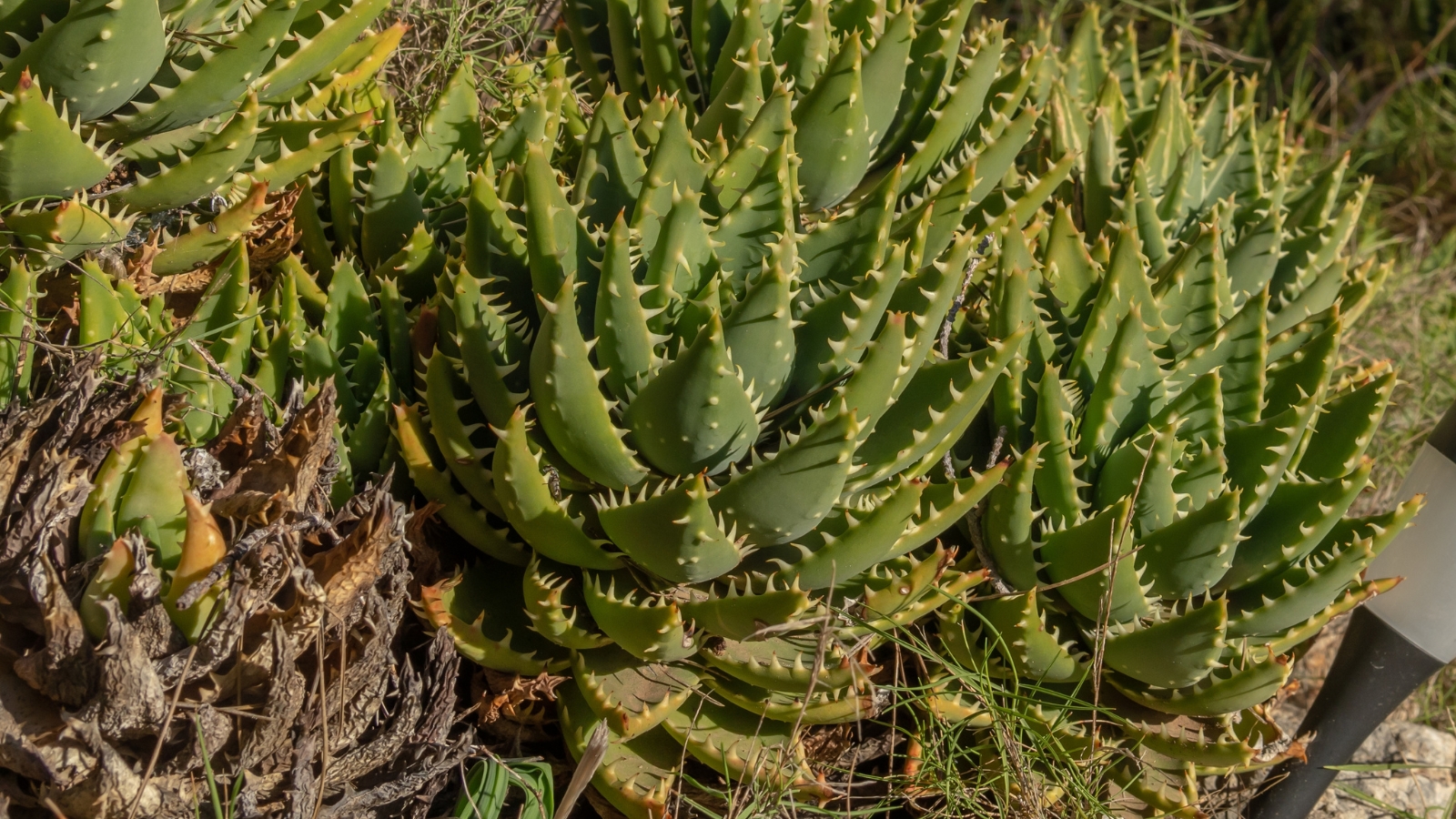
While Aloe brevifolia is typically resilient to diseases, the threat of root rot looms. This condition arises due to excessive moisture, fostering bacterial growth that results in the plant’s sections turning brown or black and becoming mushy. Preventing root rot involves proper watering practices and opting for well-draining soil. Swift action is imperative upon detecting signs of rot, necessitating the removal of affected portions and subsequent repotting in fresh, well-draining soil. To mitigate any residual risks, apply a fungicide and allow the plant to acclimate in dry soil before resuming watering.
Frequently Asked Questions
Is Aloe brevifolia edible like Aloe Vera?
No. Aloe brevifolia can be mildly toxic to humans, causing severe stomach discomfort and possible nausea. Most aloes can induce vomiting, lethargy, and diarrhea in animals. In case of ingestion by pets, immediate veterinary attention is crucial to avert severe consequences.
Can Aloe brevifolia grow indoors?
Aloe brevifolia can thrive indoors, but it flourishes best in outdoor settings, particularly in warm climates. Indoors, ensure it receives ample sunlight, ideally from a south-facing window, supplemented with a grow lamp if required.
Final Thoughts
Aloe enthusiasts seeking a compact plant will cherish the elegance of Aloe brevifolia. Equipped with this comprehensive guide, you possess the knowledge to nurture your plant for years of flourishing growth.

